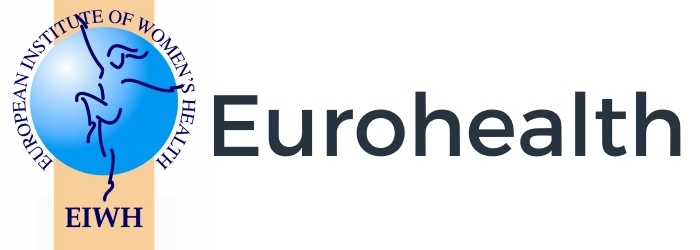First National Sepsis Summit
Minister for Health Leo Varadkar,Thurs 2nd July 2015, addressed 180 delegates at first National Sepsis Summit in Dublin Castle. Sepsis is the 10th leading cause of death worldwide, more than
bowel cancer, breast cancer, road traffic accidents and HIV/AIDS combined.
In November Minister Varadkar endorsed a National Clinical Effectiveness Guideline to tackle sepsis for all patients, both adults and children, in emergency departments and in hospital wards. This guideline, recommended by HIQA following the tragic death of Ms Savita Halappanavar. This Summit aims to raise sepsis awareness and promote full implementation of the guideline.
Minister Varadkar said: “The goal of this summit is to make sure that the new Sepsis Guideline is to put into practice in order to save lives. That’s why we have invited people from across the health service. Sepsis needs to be recognised and treated at the earliest possible stage. The
guideline is an important tool for clinicians in recognising sepsis at an early stage, and providing appropriate and timely treatment. In many cases a timely intervention can mean the difference between life and death. I am pleased that the guideline is already being implemented, and that new HIPE coding introduced in January allows us to monitor rates of sepsis cases.”
Tony O’Brien Director General of the Health Service, HSE called for full guideline implementation. “I, along with colleagues from the National Sepsis Workstream, the National Sepsis Steering Committee, NCEC and the Department call on each of us present today, as managers and leaders of our health services, to support the implementation of the Sepsis Management Guideline. The HSE is committed to safe quality care underpinned by clinical effectiveness. In the 2015 National Service Plan, we, the HSE, committed to a number of clinical effectiveness priorities. One of these is the full implementation of the National Clinical Guideline – Sepsis Management across our acute hospitals”, said Mr O’Brien. The National Clinical Effectiveness Guideline No 6 – Sepsis Management Guideline, promotes safety and higher standards in emergency departments and hospital wards. It was commissioned by the NCEC in partnership with the HSE Clinical Programmes, expert clinicians, regulatory bodies, postgraduate training bodies, private hospitals and patients. Minister Varadkar acknowledged the significant work of Dr Fidelma Fitzpatrick for
Chairing the Sepsis Steering Committee, and the work of the National Sepsis Team within the HSE Clinical Programmes, led by Dr Vida Hamilton, in ‘in leading the guideline development group and progressing its timely implementation. He also acknowledged the work of NCEC in advancing patient safety and quality, and the Irish clinical effectiveness agenda, under the
chairmanship of Professor Hilary Humphreys.
European studies estimate that a typical episode of severe sepsis will cost a healthcare institution around €25,000. In Ireland in 2013, approximately 60% of hospital mortality had a diagnosis of sepsis or infection. 16% of all hospital deaths had a specific sepsis ICD-10-AM diagnosis code, although sepsis may not necessarily have been the underlying cause of death.
The total number of in-patients with a diagnosis of sepsis is estimated to be 8,831 accounting for 221,342 bed days in 2013. This same year, the mortality rate of patients with a diagnosis of sepsis admitted to an intensive care environment was 28.8%.
